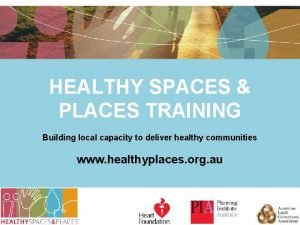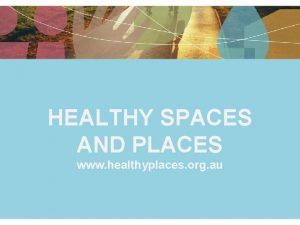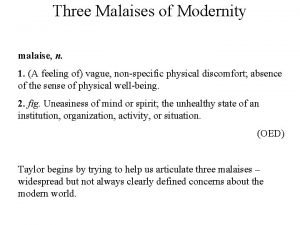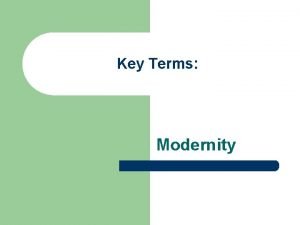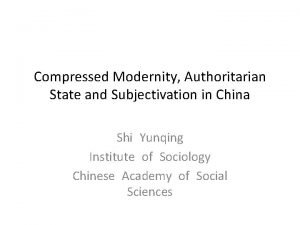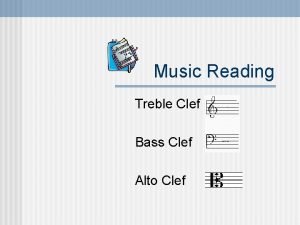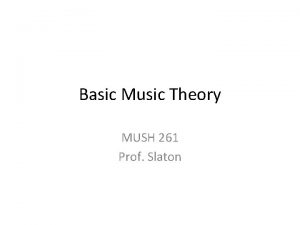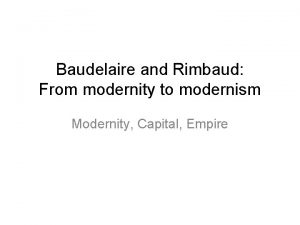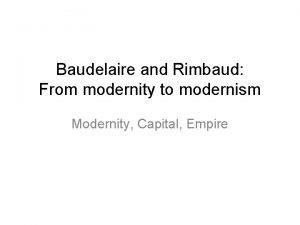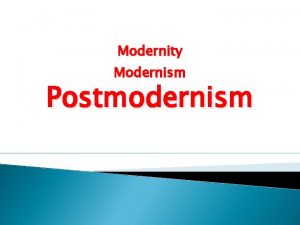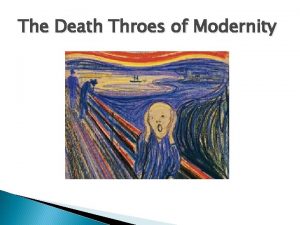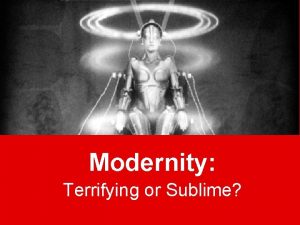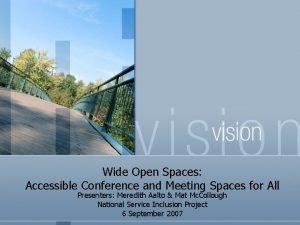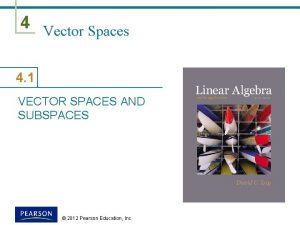Spaces and Places Motorways Modernity and Power Modernity











- Slides: 11

Spaces and Places Motorways, Modernity and Power

Modernity • Process of looking forward – art, literature, architecture, urbanisation, technology, looking forward & thinking forward…. • Roads and in particular motorways can be seen as culmination of this process • WW 2 halted building in UK

Motorways as arteries • Connecting new towns to existing cities • Creating leisured class • Allowing free & fast movement of goods and people • People as labour, Marx's production of capital • Motorways as arteries carrying lifeblood of capitalism

Le Corbusier • Designer, architect, modernist • Extremely influential • Favoured cars as ultimate urban force • Utopian living on grand scale • ‘Contemporary city’ – huge skyscrapers, low rise apartments, parks, service areas, shops all connected by flyovers • Criticised for homogenous look • Living space initially linked to class • Roads as ‘machine for traffic’ • Motorways linked buildings but lower class lived under, higher on top – cut off from rest

• Influenced urban planning in Brasilia, Soviet Union, Czech Republic, Algiers France, USA, UK… • Saw space as a set of destinations which mankind moved between, more or less continuously. • Gave credibility to the automobile and to motorways in urban spaces. • Justified the desire to destroy traditional urban space for high density high profit urban concentration • Le Corbusier’s ideas also sanctioned further destruction of traditional urban spaces to build motorways that connected this new urbanism to low density, low cost (and highly profitable), suburban and rural locales which were free to be developed as middle class housing.


M 1 • First motorway in UK – 1959 • No speed limits • Minimal cars • Technological marvel • Class system on wheels (Austin's – Rovers – Jags) • Aspirational – futuristic ‘destination’ service areas

New York Expressway • Robert Mosses - ‘NYC master planner’ - unelected • Build roads, parks, NYC redbrick houses. . • Followed Corbusian Ideal • Favoured economic rejuvenation over people led • Forced clearance of Bronx • Expressways avoided direct route of Long Island • Criticised for creating class distinctions, often racially motivated and destroying community culture

M 40 – Westway extension • Built to link London and new towns • End of the Corbusian era & London regeneration • Notting hill mainly Caribbean immigrants • Forced to move – protests ignored • Road built right to houses

Today • Westway trust set up to make use of land under – market led so raises prices • Westway literally divides area by class/ income • Motorways lead to commuting = ‘excess of labour’ & not increased leisure

Activity • You have been employed as a town planner. You need to link the growing villages to the main town. • Plan a new motorway, think about what impact it will have on the area? Where will you put it? Why? Who will it affect? Are you selling your road as modernist and Corbusian? • Prepare a pitch for your design
 Healthy spaces and places
Healthy spaces and places Healthy spaces and places
Healthy spaces and places Three malaises
Three malaises Modernity ترمس
Modernity ترمس Compressed modernity definition
Compressed modernity definition Draw the power triangle
Draw the power triangle Enabling objectives
Enabling objectives Good boys do fine always
Good boys do fine always The oval shaped symbols placed on staff
The oval shaped symbols placed on staff Alto clef quiz
Alto clef quiz Twinspace etwinning login
Twinspace etwinning login Hardened magma squeezed into vertical spaces between rocks
Hardened magma squeezed into vertical spaces between rocks
